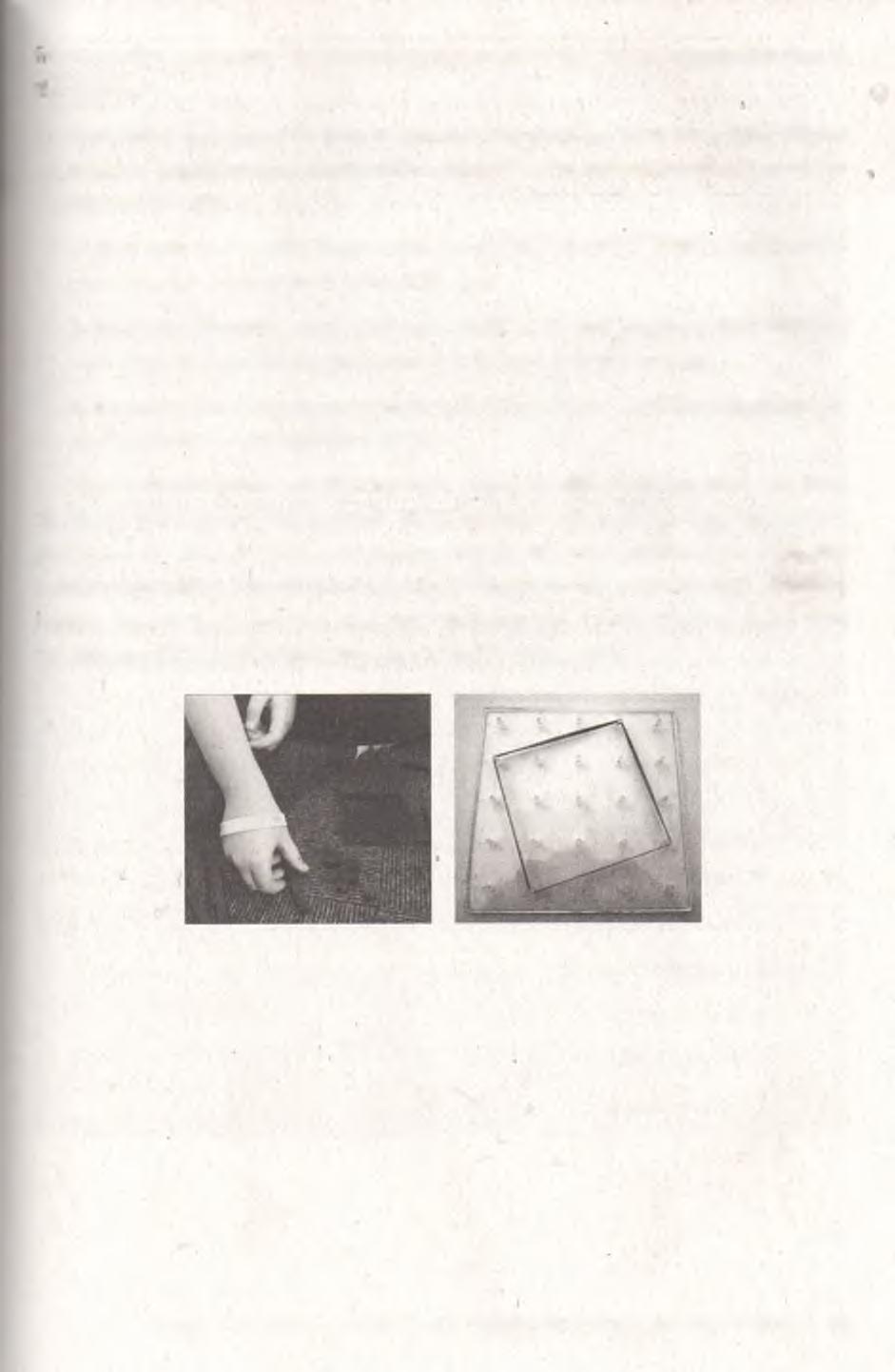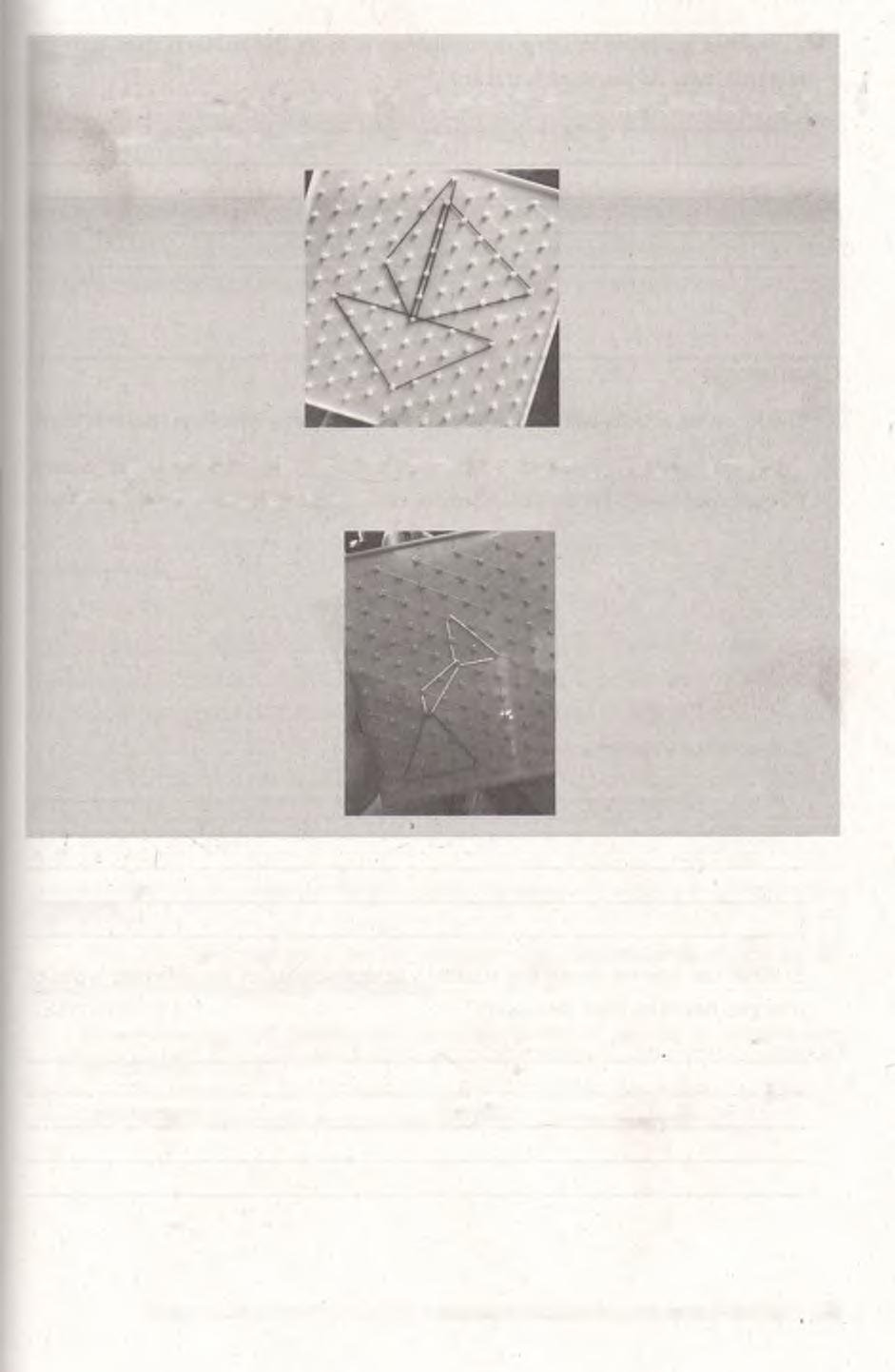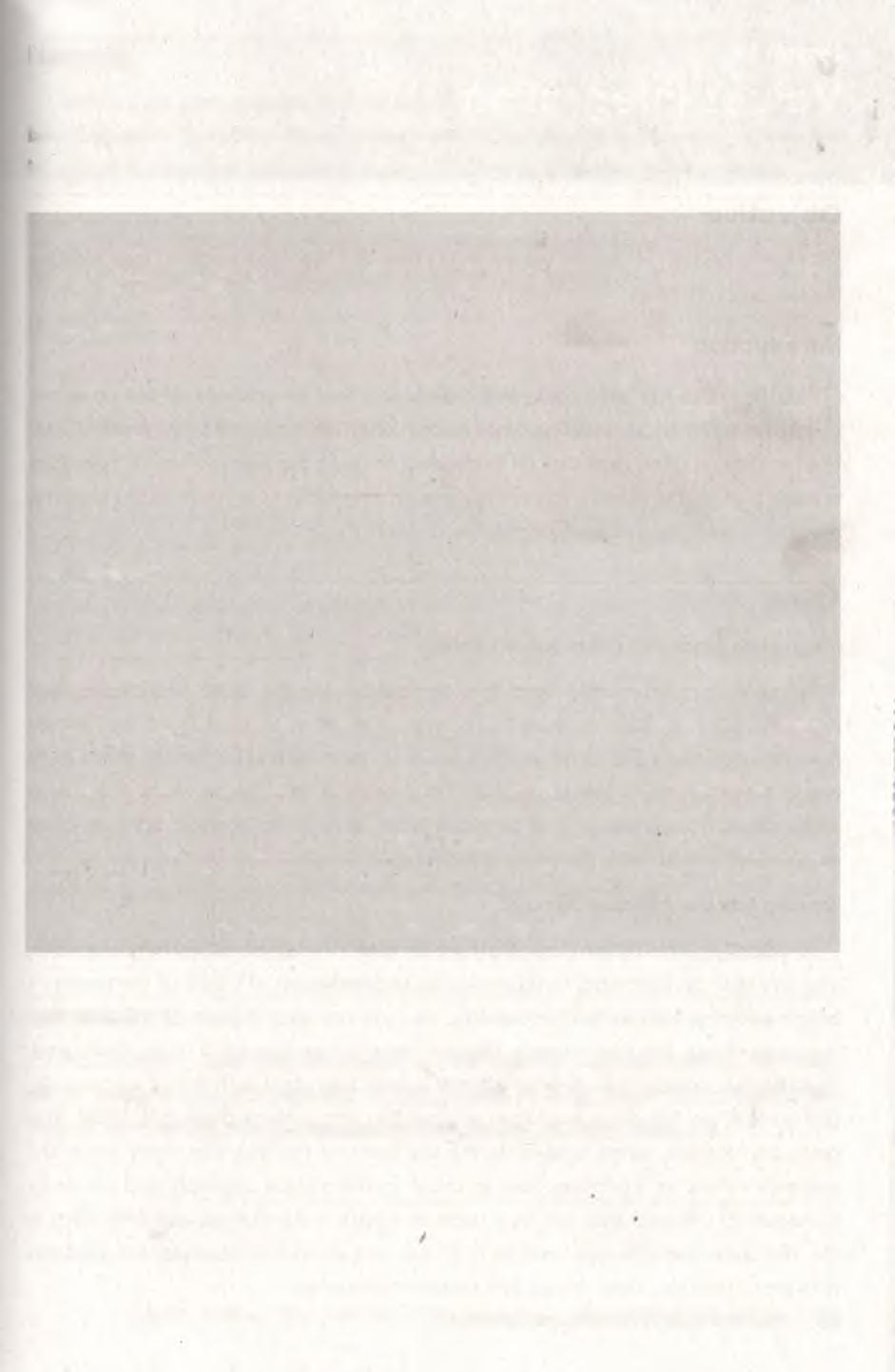
5 minute read
Lesson 13: Use of Manipulatives
1. Orient the students on how to use the manipulative. Give some time for the students to play with the manipulative. Allow them to explore the object and what they can do with it.
2. Give clear and specific instructions. State the goal of the activity and how the manipulative can help them achieve the goal.
Advertisement
3. While the students are at work, pay attention to their mathematical talk. Use their ideas to enhance the discussion that follows after the activity.
4. If some of the students are struggling, ask them "why" and "how" questions to scaffold their way through the activity.
Many manipulatives are commercially available; the common ones are Base 10 Blocks (for learning value, place value, decimals, etc.), geoboards (for learning properties of plane figures), play money, and paper clock. However, you may also create manipulatives using readily available materials like popsicle sticks, buttons, boards, fasteners, etc. Making your own manipulatives is much cheaper and it gives you the benefit of customizing them according to your need.

The following is an example of how a geoboard is used to reinforce the understanding of different kinds of triangles. This activity may be done after the students have learned the kinds of triangles according to angle measure (acute, right, and obtuse) and according to side length (scalene, isosceles, and equilateral). Sample of student works are also presented.
Materials:
1. Geoboards
2 . Rubber bands
Instructions:
1. Make an image with an equilateral triangle, an isosceles triangle, and a scalene triangle. <
2. Make an image with an acute triangle, a right triangle, and an obtuse triangle.
3. Is it possible to have the following triangles? If it is possible, come up with an example using the geoboard and a rubber band. Otherwise, discuss why you think it is impossible to create such a triangle.
a. Equilateral acute
b. Equilateral right
c. Equilateral obtuse
d. Isosceles acute
e. Isosceles right
f. Isosceles obtuse
g. Scalene acute
h. Scalene right
i. Scalene obtuse


1. A pair of students created a boat. The body of the boat is an isosceles triangle. The sails are scalene (left) and equilateral (right) triangles.
2. A pair of students created a satellite using acute (stand), right (dish), and obtuse (middle portion) triangles.

A s s e s s

Answer the following questions to verbalize your understanding of the use of manipulatives in mathematical instruction.
1. Give an analogy that involves the use of manipulatives and the use of games in classroom instruction.
m anipulatives:________________________ ; gam e s:-------------------------
C h a l le n g e
The following activity will challenge your skills in relating with how students think.
1. Befriend some children and ask them to do #3 in the instructions in Experience. If you do not have a geoboard, improvise one using a thick carton and push pins.
t
2. Record the children's discussion below.

3. What can you tell about the student's understanding of the different types of triangles based on their discussion?

Invent your own manipulative for a topic of your choice. Draw your design and label important parts of it. Then, explain how to use your invention. This activity will oe part of the learning portfolio that you will compile at the end of this module.
Topic:__________________________________________________
Name of manipulative:__________________________________________________
Design:
Instructions:

■ : X ; ■ ■ / 'v'i i n . in ■ ■ . ■ ■ : ' ■ : - : .• ■; : ' : . ::

> 2 ^ ?
S u m m a r y
Manipulatives have long been used to facilitate learning mathematics. Although many manipulatives are available in the market, nothing beats the manipulatives created by a teacher who knows exactly what his/her students need.
O b j e c t i v e
Plan a lesson in which values education can be incorporated into existing mathematics curricula
Introduction
Mathematics has been conceived mainly as a tool for solving real-life situations through mathematical modeling. Since math is often remembered for its practical use, teachers would often capitalize on this aspect to make the learners see its relevance to their lives. In this lesson, you will explore an alternative way to make the teaching of math meaningful and engaging for the learners.
T h in k
Integrating Math Into Other Subject Areas

Integrating mathematics into the curriculum can be quite challenging and rigorous. However, math is connected to many disciplines and should not be isolated from other subjects. Our complex brain looks for patterns and interconnections as its way of making sense of things. Our learners develop an appreciation for mathematics and a deeper understanding of concepts when they make connections with prior experiences or with different areas of learning.

Tapping Into the Affective Domain
Doctor Benjamin Bloom classified three domains of educational learning: cognitive, affective, and psychomotor. In the formal classroom set-up, the bulk of the teacher's lesson planning focuses on the cognitive and psychomotor aspects of the teaching- learning process. The third domain, which is the affective domain, is often overlooked. The affective domain includes the manner in which we deal with things emotionally, such as feelings, values, appreciation, motivations and attitude (Kratwohl, 1964). This particular domain, when tapped during the learning process, can really make the students reflect on the connection between mathematical concepts and values or standards of behavior that will help them deal with the pressures and difficulties in life. As future teachers, you want to form not only competent students but students with moral courage, clear values, and excellent character.










